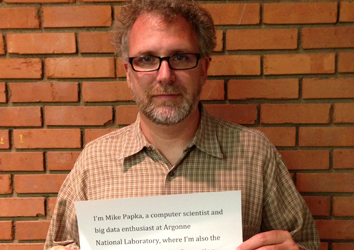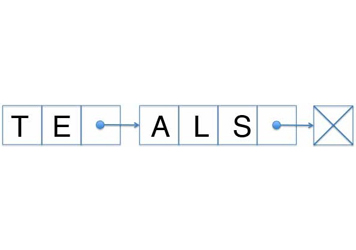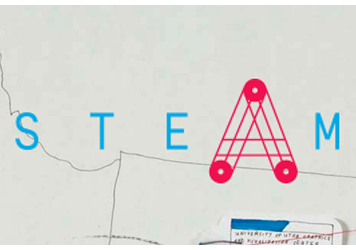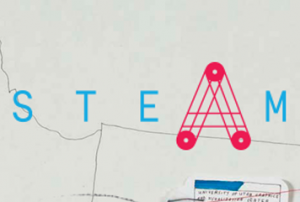 TEALS (Technology Education And Literacy in Schools) is a nonprofit tech-literacy teaching program that grew out of Microsoft engineer Kevin Wang’s desire to teach computer science in his spare time. Microsoft liked it, funded it, and made Wang its chief promoter. That was in 2009. For the 2013-2014 academic year, Wang just placed 250 volunteers in 65 schools in 12 states.
TEALS (Technology Education And Literacy in Schools) is a nonprofit tech-literacy teaching program that grew out of Microsoft engineer Kevin Wang’s desire to teach computer science in his spare time. Microsoft liked it, funded it, and made Wang its chief promoter. That was in 2009. For the 2013-2014 academic year, Wang just placed 250 volunteers in 65 schools in 12 states.
The TEALS program recruits, mentors, and places high tech professionals into high school classrooms to teach computer science courses. These volunteers team teach with in-service teachers, who eventually assume full responsibility for the coursework. The goal is to give schools and school districts a computer science curriculum to self manage and grow into a sustainable computer science program.
The tech industry has been clamoring for years about the dearth of programming talent in the United States. A program like TEALS, which attempts to fill a gap where there is insufficient government investment and interest in basic computer science education, is a good start. TEALS provides top tech talent to school districts unable to provide computer science curriculum, but the program’s reach would have to scale up drastically in coming years if the industry hopes to see any impact in U.S. competitiveness in this area.
If an interest in computer science is to take seed in a student, basic computational concepts must be introduced much sooner than high school. Computational thinking is integrative. Learning to program is like learning to spell — it’s a skill that makes many other areas of knowledge accessible.
It’s time to develop pedagogical models to enable all U.S. students to graduate high school with a functional understanding of computer science. I would advocate for building up problem solving skills in lower grades, mastering basic programming exercises in middle school, and full immersion in computing languages by high school. The sooner we can get parents, teachers, and administrators to see the value of providing the foundation our kids need to get excited about computer science, the sooner we’ll start effecting real change in our ability to compete.
 I had a great time hosting an “Ask Me Anything” subreddit last Monday. I spent over two hours answering questions posted by Reddit users; mostly about the ALCF, how supercomputing is used in research, and where I think computing is heading. I didn’t know what to expect when I agreed to host this, but it was a lot of fun! Thanks for all the great questions. I’ll try to get to more of them in the next couple of weeks.
I had a great time hosting an “Ask Me Anything” subreddit last Monday. I spent over two hours answering questions posted by Reddit users; mostly about the ALCF, how supercomputing is used in research, and where I think computing is heading. I didn’t know what to expect when I agreed to host this, but it was a lot of fun! Thanks for all the great questions. I’ll try to get to more of them in the next couple of weeks. 



